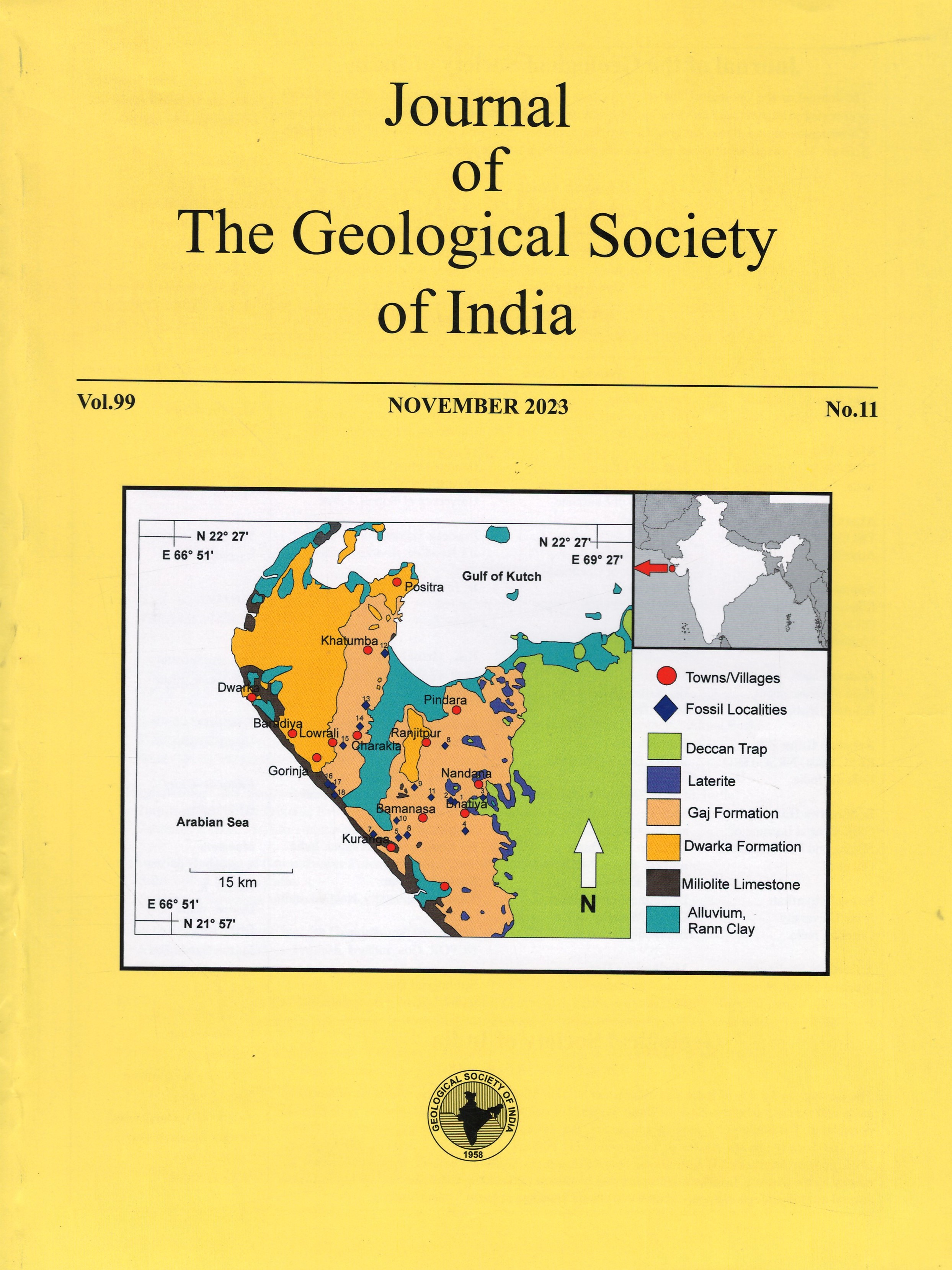Subsurface Geophysics and Hydrogeology at the Gun Carriage Factory, Jabalpur, Madhya Pradesh, India
DOI:
https://doi.org/10.1007/s12594-023-2511-xKeywords:
No Keywords.Abstract
India is at the brink of facing severe water scarcity situation. To overcome the challenge, the country plans to implement a mega managed aquifer recharge (MAR) scheme in pan-India scale with huge monetary investment, but for the scheme to succeed, it is essential that the MAR sites are favourable for recharge. The real challenge will be when the 10.6 million rooftop water harvesting structures under the scheme will be constructed in about 8000 towns and 500 urban agglomerates of India. Site-specific study will be essential for these structures to deliver their optimum performance. At present, many of these structures are constructed without adequate hydrogeological and subsurface geophysical investigations. As a result, demarcation of the exact depth of release of harvested rainwater in the aquifers becomes difficult. In an attempt to exemplify how these investigations could be carried out to effect favourable groundwater recharge, a case study has been taken up at the Gun Carriage Factory, Jabalpur, Madhya Pradesh in central India. Unlike similar geophysical studies carried out elsewhere with vertical electrical soundings, this technique was employed to decipher fracture depths, which were determined at a depth of about 15-35 m and confirmed subsequently by an on-the-spot recharge experiment. Fracture zones are porous and permeable horizons where harvested rainwater could be released at depth. This work recommends similar investigations to be carried out in specific areas where any kind of MAR scheme is envisaged so that the investments made deliver their optimum results.

 Pradeep K. Naik
Pradeep K. Naik






